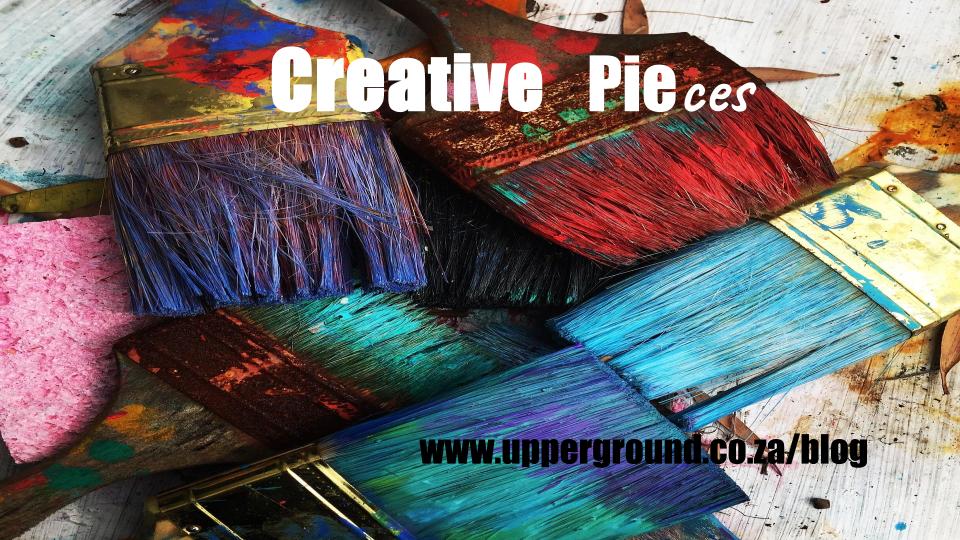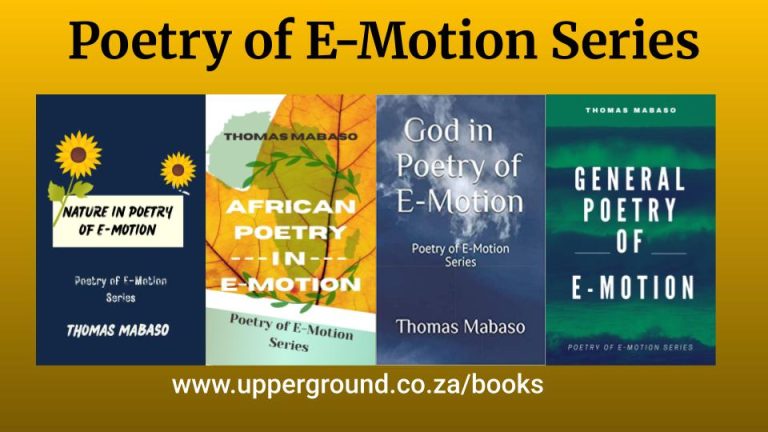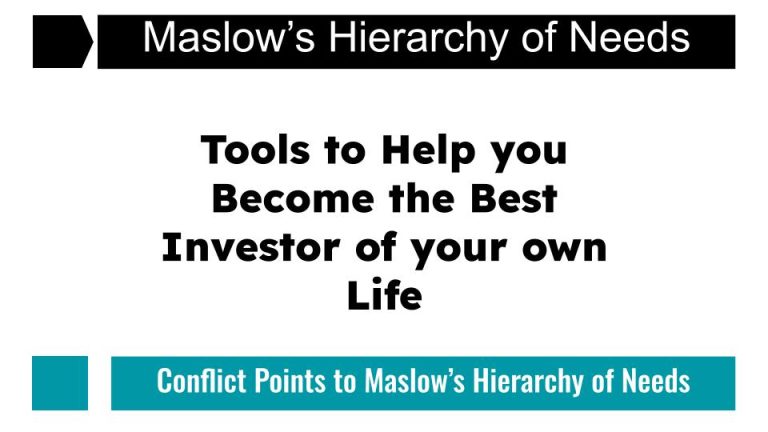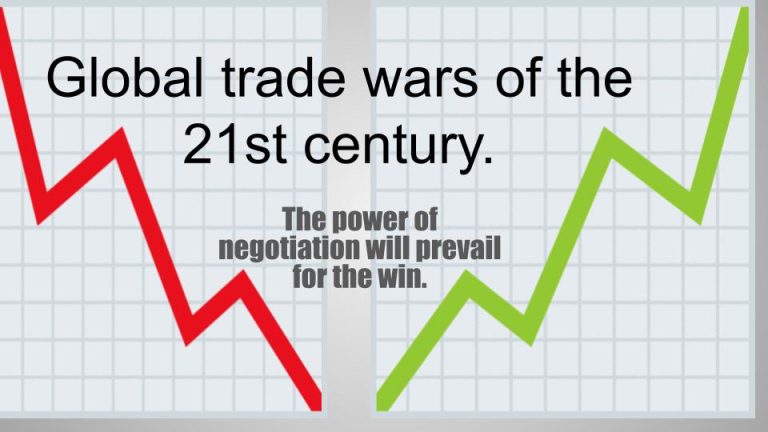From nothing to something.
Take something considered of no value and make something valuable. Trash is turned into art daily by someone who sees their free raw material. It becomes easier to have a vision when you can be creative by using readily available things.
Creative input requires initiative. The first step to attaining a goal is through deciding to do something, a vision is lived and not only seen.
The trash turns into products.
Metal scraps turn into tables. Pieces of metal are used in digital products, or to make jewelry. Trash becomes functional furniture that can be used to serve people.
Artwork becomes part of our daily aesthetic. Our surroundings become meaningful when we have something to marvel at when we pass through the kitchen to get water, during a busy day.
This is a step of taking creative input without immediate feedback. Creative input is the process of doing the work without knowing if you will be successful.

Futureproof life, versus futureproof product or service.
What we have today might be different from what we have tomorrow. The future cannot be predicted with any certainty, but we can plan for it. The future might never be known with certainty, but we speak life into our future through actions and words.
Futureproof products or services are created by startup companies, which see a product or service that will change how people do their daily chores or routines. Something that was once scarce can turn into abundance. One day we won’t experience load reductions or loadshedding because someone might have dedicated their time and life to producing a free energy source for everyone. A product or service that changes our lives makes the products or services of the past obsolete. The stress of energy production will no longer be a barrier to market participation for third-world countries.
Consistent investment bears fruit.
It takes time for art to be noticed, even if the artist has been honing their skills with every new piece produced. If they keep at it and never give up they will make it.
The return on investment is more when you consistently add to your account. At a particular point, your losses will be lower because you invested when the market was down, in the middle, or up. The average cost will continue to drop as you put more money into your account, especially when the market is not doing well. And compounding interest will do its work over a long period of consistent investing.

As you produce more than hundreds of artworks, your chances of getting more sales for your artwork will increase. Some artwork is bound to appeal to someone as each piece becomes unique, and changes as time goes by.
A piece of a piece makes something whole.
Over some time of consistently working on your collection, you will produce great artwork. The repetition of great work measures up to a great sum of work. The masterpieces produce a great outlook in an art gallery once the artist has worked on their craft.
A great return on investment takes time and patience. If you never invested in risky investments like cryptocurrencies, you would never know what the yield on investment will be in the future.
A creative outlook requires a vision that is not dictated by trends or expert research. The measure of an artist is not based on sales. Many people admire a lot of artwork, but the price range might be too much for their budget. An established artist will charge more for their art pieces, as they gain worldwide recognition.
Creative input can be material of little importance or no value to others, but it could turn into artwork worth thousands.
The creative outlook is based on aesthetic appeal and consistent hard work in one’s craft. Risky investments like cryptocurrencies or a safe investment in the S&P 500 over time will yield a great return on investment. Historically, the return on medium-high-risk investments is better than putting money in a low-yielding savings account or not saving anything over time. A creative outlook requires a great deal of initiative as the first step.





Pingback: Creativity for Everyone: 5 Ways to Debunk the Artist Myth - Upper Ground